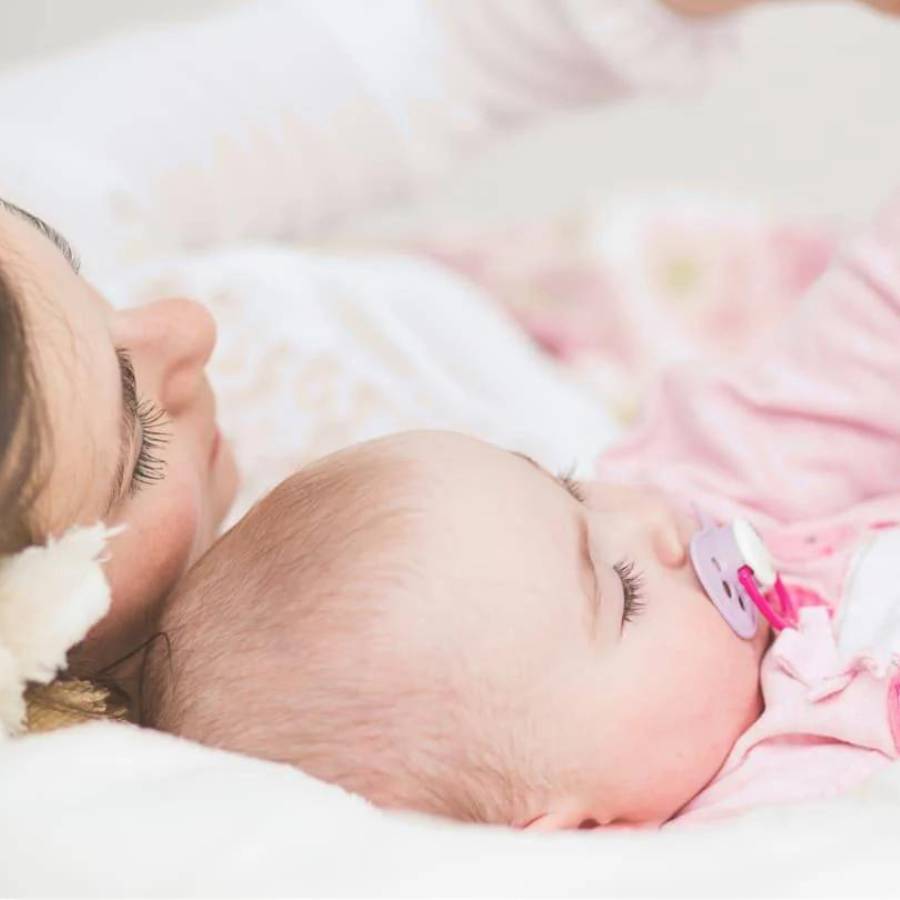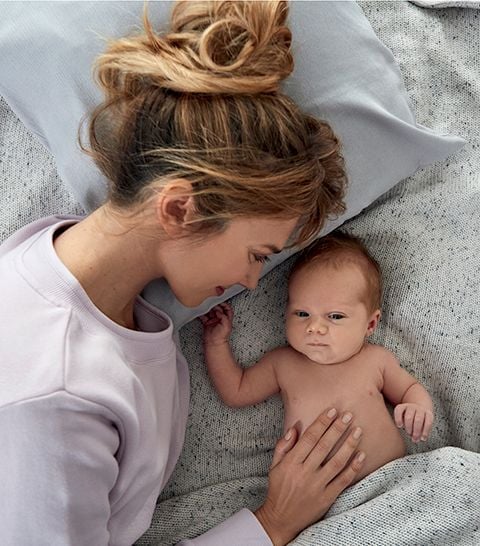
Containment
After getting home from a big day at nursery, toddlers often have big experiences they want to share with their parents. For parents, it can feel like they are pushing your buttons as you work on other duties, but ultimately, the kids are craving for a space that can contain and support their feelings. If your child is showing you a new dance move, they learnt or want to tell you an exciting story about their day, it is their attempt to connect with you.
How to Contain Your Child’s Feelings?
Adding in nurturing time to your winddown routine can help children relax ahead of sleep times. This could involve asking them engaging questions about their day during bath time. Holding space for them and showing your unconditional love is a part of containing big feelings! Being a listening ear doesn’t mean you have to fix their worries, simply recognising the feelings, helping them to name it and then thanking them for sharing is a great way to structure these bedtime conversations to keep them short and sweet.

Connection
For little people, bedtime can feel intimidating as it signifies a period of separation from their parents; people who make them feel safe. To make separation easier, we can work to build their confidence and independence and, filling up their ‘Love Tanks’ to make them feel secure.
How to Develop Independence in Children?
By giving children the opportunity to play safely and independently on the floor for short periods to gradually build up their confidence and motor skills.
Toddlers and children love to feel helpful, so giving them age-appropriate tasks to complete and succeed at can build their self-efficacy and lessen separation anxiety. If your little one does have separation anxiety, it’s essential to not to try and force them to be independent before they are ready as this can worsen anxiety.
How to Fill Up the Love Tank?
The Love Tank is a concept which involves connecting emotionally and physically your child to top up their tank with your love. When it is full, children can feel secure, whereas when it is less full, they may ‘misbehave’ to attract your attention.
For babies
- Physical touch (cuddles, massage, kisses)
- Tickling and giggling
- Holding them close to you
- Dancing together
- Listening to music
- Sensory play together
For toddlers and children
- Getting on their level and playing with them
- Chatting and asking engaging questions
- Physical touch
- One-on-one time with your undivided attention
- Eye contact
- Planning activities together
How to Connect with Children During Bedtime?
- A special handshake
- Sharing your favourite moment of the day
- Asking them what they would like to dream about
- Doing a body scan
- Pretending to call your child on the way out the room: "ring ring.., oh hello, I love you!"

Calm
As parents we cannot force our children to go to sleep but we can create a calming environment since little ones can drift off into a peaceful slumber easily. We all know that sleep occurs when we are feeling calm. If you’re too stressed, falling asleep just seems impossible. The same is true for babies and children.
By aiming for calm, it’ll change our goal-oriented mindset from something we aren’t capable of enforcing - sleep - to something we can co-create with a little person - a state of calm. Calmness is critical because often sleep techniques are actually just ways, we can support children to become calm.
How to Calm Your Baby During Bedtime?
- Ensure the nursery is dark, quiet and cool
- Maintain a consistent bedtime routine
- Always remain patient and calm while soothing a crying baby
- Swaddling newborns can help calm them by mimicking the mother’s womb
How to Calm Toddlers During Bedtime?
- Turn off screens at least an hour before bedtime
- Have a relaxing warm bath
- Snuggle with them while singing a lullaby or a calming song
- Read a bedtime story
With the three Cs in mind, you can approach bedtime with a fresh mindset, focused on how to contain, connect and calm ahead of sleep.










